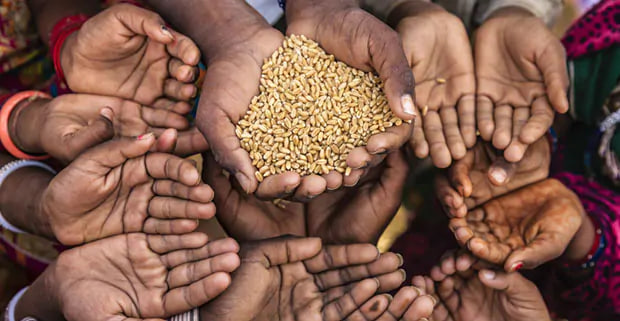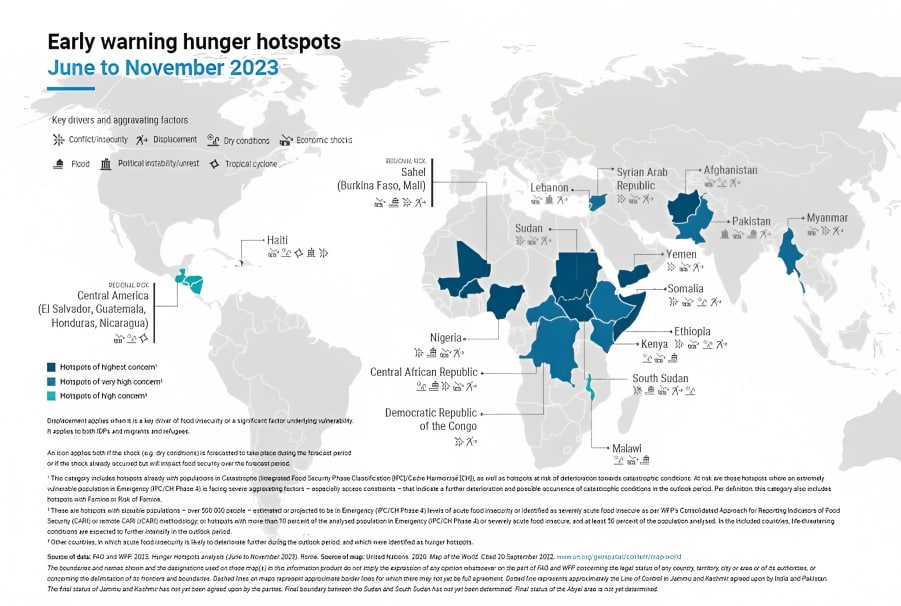Free Courses Sale ends Soon, Get It Now


Free Courses Sale ends Soon, Get It Now



Copyright infringement not intended
Context: The world is facing a hunger crisis that threatens the lives and livelihoods of millions of people. According to a new report by the United Nations, there are 18 hunger hotspots where acute food insecurity is likely to deteriorate further in the next six months.
Details
Highlights of the Report
Concern Raised
Suggestions included in the Report
Conclusion

Must Read Articles:
Global Hunger Index: https://www.iasgyan.in/daily-current-affairs/global-hunger-index-2022
|
PRACTICE QUESTION Q. India is home to more than 1.4 billion people, but also to one of the highest rates of hunger in the world. According to the Global Hunger Index 2022, India ranks 107th out of 121 countries, indicating a serious level of hunger. What are the factors that contribute to this situation? How does hunger affect the health, education and livelihoods of millions of Indians? And what can be done to address this challenge and ensure food security for all? |
© 2024 iasgyan. All right reserved